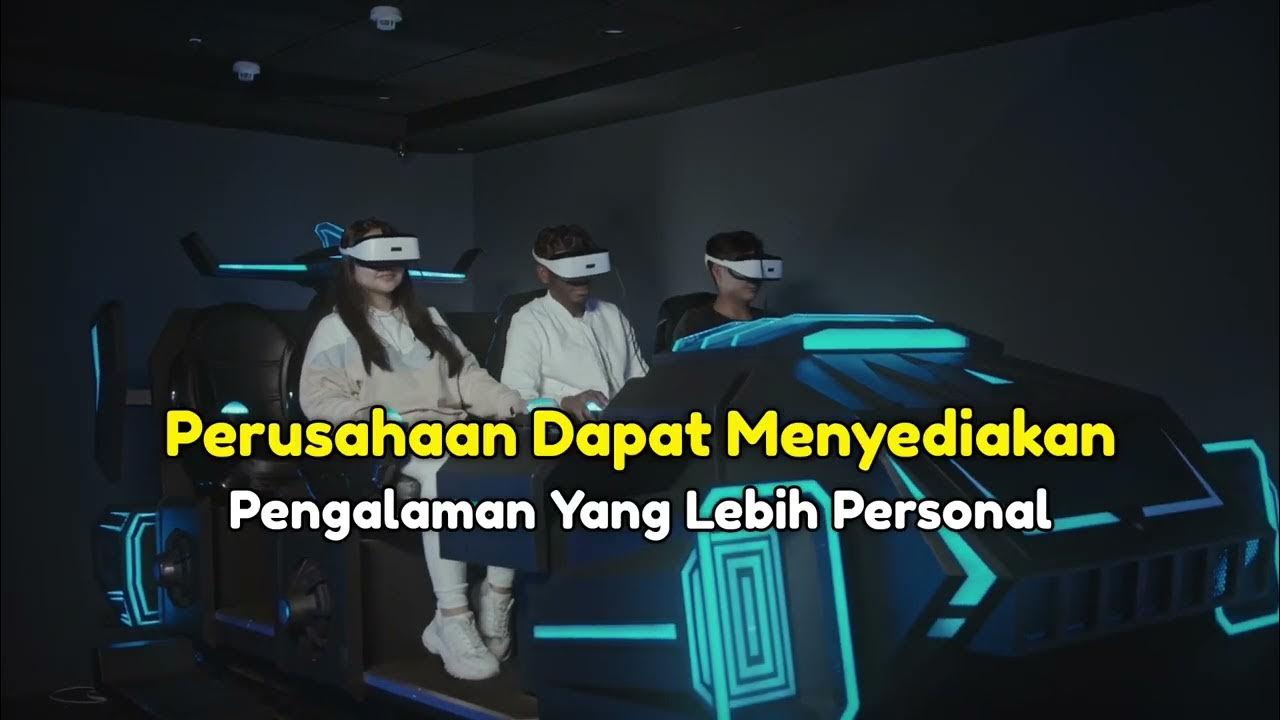How Walmart is using Big Data & IOT
Summary
TLDRThis video discusses how retailers like Walmart can leverage IoT-enabled devices to collect vast amounts of data, enhancing the shopping experience by understanding customer patterns and preferences. By using tools like beacons, video cameras, smart shelves, and digital kiosks, retailers gain real-time insights into store layouts, promotions, and customer behaviors. This data-driven approach helps improve customer engagement, streamline store operations, and optimize staffing, ultimately boosting sales and customer loyalty. IoT is transforming the retail landscape by enabling more personalized services, efficient management, and enhanced customer satisfaction.
Takeaways
- 📈 **Data Collection**: IoT devices provide retailers like Walmart with vast amounts of data on store conditions, merchandise, and customer behavior.
- 🔎 **Customer Insights**: The collected data offers deep insights into customer preferences and shopping patterns, allowing for more personalized and effective marketing strategies.
- 🛒 **Seamless Shopping Experience**: IoT technology aims to create a seamless shopping experience, which is crucial for driving sales and building customer loyalty.
- 📊 **Real-Time Analysis**: IoT enables real-time data analysis, providing immediate and actionable insights into customer behavior and store operations.
- 🏪 **Store Layout Optimization**: Data from IoT is used to track the effectiveness of store layouts and improve the overall shopping experience.
- 📱 **Digital Engagement**: IoT-connected devices like beacons and digital signage enhance customer engagement through interactive and immersive experiences.
- 💼 **Operational Efficiency**: IoT provides metrics that help store managers optimize staff scheduling and reduce queue times, improving operational efficiency.
- 📊 **Promotion Effectiveness**: IoT data helps in tracking the success of promotions and understanding customer responses to marketing efforts.
- 🛍️ **Customer Assistance**: Digital assistance through IoT allows customers to find items, discover new products, and select promotions, enhancing the shopping experience.
- 📈 **Future Business Models**: IoT is a key enabler for developing business models that are necessary for future success in the competitive retail market.
Q & A
What opportunity does Walmart see with the advent of IoT devices?
-Walmart sees an opportunity to collect rich data not only about store conditions and merchandise but also about customer patterns and habits. This data helps put the customer at the center of their operations.
How can IoT technologies improve the customer shopping experience in retail stores?
-IoT technologies provide access to real-time data through connected devices like beacons, video cameras, and smart shelves. This enables retailers to create a seamless and immersive shopping experience, driving sales and building customer loyalty.
What types of IoT devices are mentioned in the transcript?
-The IoT devices mentioned include beacons, video cameras, digital signage, and smart shelves.
How is IoT data used to improve store layouts and promotions?
-IoT data tracks the effectiveness of store layouts, exposure to promotions, and product interactions. This data is analyzed in real-time to generate insights into customer preferences and their purchasing paths, leading to optimized store layouts and promotions.
What role do digital assistants play in enhancing the shopping experience?
-Digital assistants help customers by locating items on their shopping lists, introducing new products, and selecting promotions that can save them money. They also assist marketers in upselling, cross-selling, and measuring promotion success.
How does IoT data benefit store managers in terms of staff scheduling and customer service?
-IoT data enables store managers to efficiently schedule staff, eliminate long queues, and ensure customer expectations are met at every service point by using cognitive intelligence and service-level metrics.
In what ways do IoT technologies help marketers?
-IoT technologies allow marketers to identify customer desires, deliver curated content to upsell and cross-sell products, and accurately measure the success of promotions.
What are some examples of customer activities that IoT devices track?
-IoT devices track activities such as customer exposure to promotions, product interactions, and the use of digital kiosks and mobile apps.
How is IoT data analyzed to benefit retail operations?
-IoT data is analyzed in real-time to provide deep insights into customer behavior, preferences, and purchase paths, which helps retailers optimize store performance, promotions, and customer engagement.
How does IoT enable a more immersive customer engagement in retail?
-By collecting data on customer interactions with various in-store technologies and analyzing it in real-time, IoT allows retailers to create a more personalized and immersive shopping experience tailored to customer preferences and behaviors.
Outlines

This section is available to paid users only. Please upgrade to access this part.
Upgrade NowMindmap

This section is available to paid users only. Please upgrade to access this part.
Upgrade NowKeywords

This section is available to paid users only. Please upgrade to access this part.
Upgrade NowHighlights

This section is available to paid users only. Please upgrade to access this part.
Upgrade NowTranscripts

This section is available to paid users only. Please upgrade to access this part.
Upgrade Now5.0 / 5 (0 votes)





